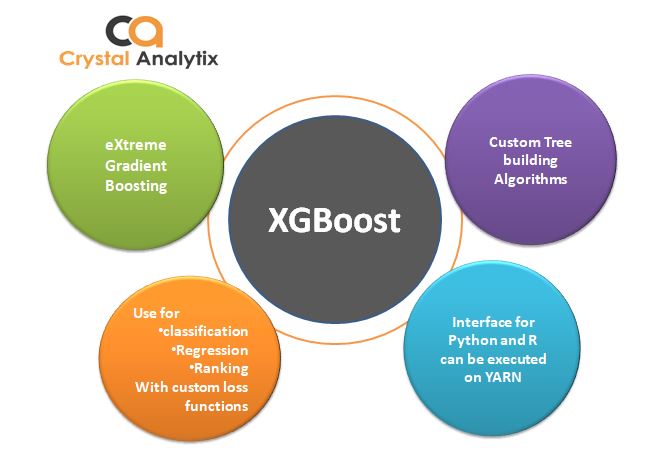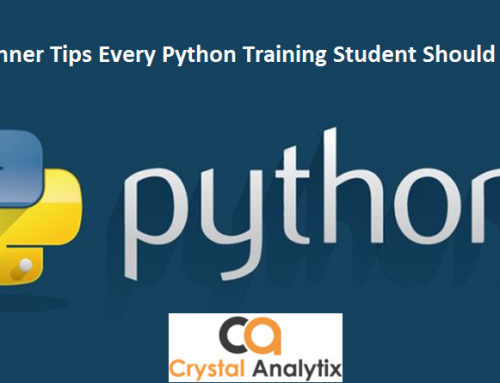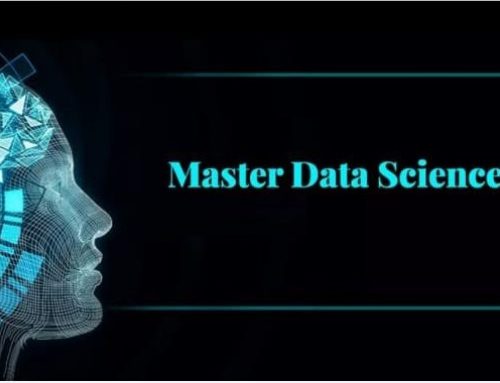Boosting calculations have been around for a long time and yet it is only recently that they have become mainstream in the machine learning community. Boosting is a method that uses the idea of congregation learning. A boosting calculus reinforces some straight models (otherwise called powerless students or base estimators) to produce final yields.
One of the essential explanations behind the expansion in height-raising mechanism is AI content. Boosting figures give the AI model the superpower to improve the accuracy of its will. A great look through the Kaggle rivalry and information hacks hackathon is sufficient confirmation – the statues to be improved are amazingly amazing!
Right now, will introduce you to four famous boosting calculations that you can use in your next AI hackathon or venture.
1. Shield Boosting Machine (GBM)
2. Extreme Gradient Boosting (XG Boost)
3. Light Gradient Boosting Machine (Light GBM)
4. Cat Boost
Gradient Boosting Machine (GBM): –
Gradient refers to a class to promote boosting machine or learning machine algorithms that can be used for classification or regressive forecasting problems. Gradient Boosting is also known as Gradient Tree Boosting, Stochastic Gradient Boosting (an extension), and Gradient Boosting Machine or GBM for short.
Slow boosting is an effective machine learning algorithm and is often the main, or one of the main, algorithm used to win tables and machine learning competitions on similarly structured datasets.
The ensemble decision is made from a tree model. Trees are added one at a time and fitted to correct prediction errors made by prior models. This is a type of ensemble machine learning model called boosting. The models are fitted using any arbitrary differential loss function and gradient descent optimization algorithm. This gives this technique the name “gradient enhancer”, as the loss gradient decreases as the model is fitted.
Extreme Grade Boosting (XG Boost): –
Extreme Gradient Boosting or XG Boost is another popular boosting algorithm. In fact, XG Boost is an improvised version of the GBM algorithm. The working process of the XG Boost is similar to that of GBM. The trees are built sequentially in XG Boost, trying to fix errors from previous trees. XG Boost is a library that provides an efficient implementation of the gradient boosting algorithm.
Additionally, if you are using the XGBM algorithm, you do not have to worry about implementing missing values in your dataset. The XGBM model can handle missing values on its own. The main advantage of the XG Boost implementation is computational efficiency and often improved model performance. The XG Boost library provides wrapper classes so that efficient algorithm implementations can be used with the Skikit-Learn library, specifically through the XGB classifier and XGB registrar classes.
Light Gradient Boosting Machine (Light GBM): –
Light GBM for Light Gradient Boosted Machine is a library developed at Microsoft that provides efficient implementation of gradient boosting algorithms.
The light GBM boosting algorithm is becoming more popular by the day due to its speed and efficiency. Lite GBM is capable of handling large amounts of data easily. However, this algorithm does not perform well with a small number of data points.
Light GBM has leaf-wise growth of trees, rather than a level-wise growth. After the first partition, the next partition is performed only on the leaf node that has a high delta loss.
The primary advantage of Lite GBM is the change in training algorithm that speeds up the process dramatically, and in many cases, is the result of a more effective model.
The Lite GBM library provides wrapper classes so that efficient algorithm implementations can be used with the Skikit-Learn library, specifically through the LGBM classifier and LGBM registrar classes.
To speed up the training process, Lite GBM uses a histogram-based methodology to select the best segmentation. For any continuous variable, instead of using individual values, these are divided into bins or buckets. This accelerates the training process and reduces memory usage.
Cat Boost: –
As the name suggests, cat boost is a boosting algorithm that can handle hierarchical variables in data. Most machine learning algorithms cannot work with strings or ranges in data. Thus, converting hierarchical variables into numeric values is an essential pre-processing step.
Cat Boost is a third-party library developed in Yandex that provides an efficient implementation of the gradient boosting algorithm. The primary advantage of CAT boost (in addition to improving computational speed) is support for hierarchical input variables. This gives the library the name Cat Boost for “Category Gradual Boosting”.
Another reason for using Cat Boost extensively is that it works well with the default set of hyperparameters.
Summary: –
In this article, you have learned about the four major boosting algorithms and what is the basic difference in them along with the result which they all gave individually.
Specifically,
1. Grading boosting is an ensemble algorithm that fits boosted decision trees by reducing an error gradient.
2. How to evaluate and use grading boosting with skikit-learn, including gradual boosting machines and histogram-based algorithms.
3. How to evaluate and use third-party grading boosting algorithms including XGBoost, LightGBM and CatBoost.







